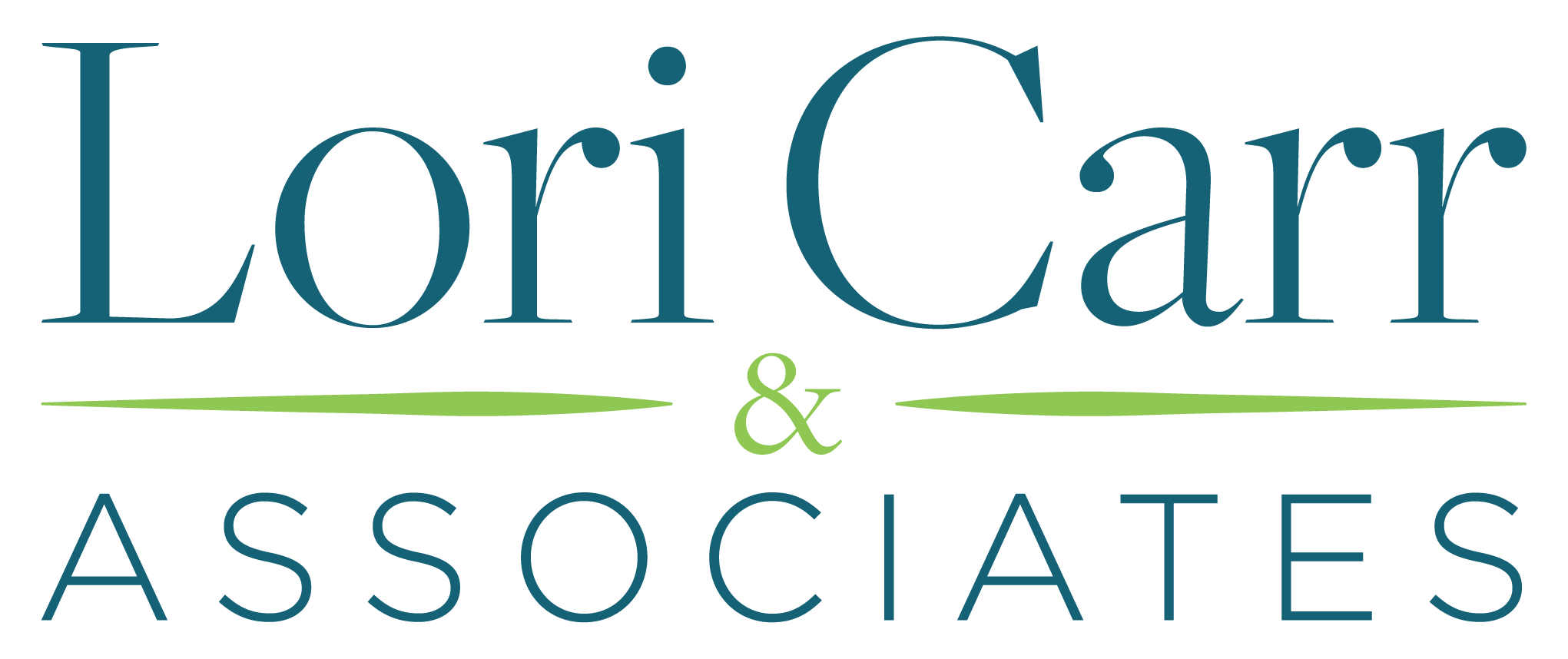- Want to learn more?
- [email protected]
Customer Experience Capability Maturity Modeling

Change and Challenge Go Hand in Hand
May 19, 2015
How to Improve Customer Retention in 2016: 10 Best Practices [Infographic]
December 31, 2015Customer Experience Capability Maturity Modeling

As companies increasingly recognize the importance of customer experience (CX) in achieving long-term brand recognition, growth, and revenues, decades-old Capability Maturity Modeling (CMM) methodology is being adapted to CX functions and processes. Like other pioneers in Customer Experience Maturity Modeling (CEMM), we find that many companies are still at the lowest maturity level in terms of CX capability; we also find that achieving higher maturity levels leads to better performance and other advantageous results such as longer customer retention, more customer referrals, and greater customer spending.
CMM was originally developed in 1984 at Carnegie Mellon University for the U.S. Department of Defense, with the purpose of evaluating contractors and, ultimately, improving performance and return on investment. Like that gold-standard CMM, today’s CEMM uses a structured set of levels to describe how well an organization’s behaviors, practices, processes, and technologies can reliably and sustainably produce consistent, desirable CX outcomes. With a focus on deepening company insight into customers, strengthening customer-company interaction, and improving the customer journey, CEMM results can be used to define a company’s current CX maturity in these specific areas and then compare it to that of leaderboard companies within and outside their industry. It’s beneficial to measure capability maturity in additional areas as well, such as service process, technology, talent, and information. The goal: understanding the meaning and significance of this self-evaluation information, and using it to make iterative or “leap-frog” change to reach a higher level of CX maturity and improved outcomes for both customer and company.
In the model, capability maturity ranges from the first level, “Chaotic,” where processes are undocumented and reactive, to the fifth level, “Optimized,” where processes are defined, documented, and adaptable to particular outcomes or projects, and the focus is on continually improving process performance. Research shows that companies at higher levels of CX maturity are more likely to outperform key competitors at lower levels. Additionally, a greater percentage of those companies executing a strong CEMM strategy report a competitive advantage versus those whose CX maturity is weak. CX capabilities, combined with a strategy to use them effectively, significantly improve a company’s edge in the marketplace. Products and price are commodities—and in today’s experience environment, the customer perspective on your product or service value (coupled with great service) is the key differentiator.
However, few companies have achieved key capabilities in all the right areas to enable creating optimal experiences in response to customers’ preferences, analyzing behavior to better understand those preferences, linking customers’ attitudes and perceptions to their purchase behavior, aligning customer metrics to employee incentive programs, and measuring employee performance against customer metrics.
CEMM processes are used to improve performance across the entire CX flow by identifying organizational gaps that inhibit an exemplary, consistent, and repeatable customer process. From there, defining change initiatives and developing roadmaps to support those changes can really make a difference. Implementing continuous improvement over time to reach higher maturity levels through cultural and process change also helps to evolve the company’s CX.
Lori Carr is a customer experience pioneer and expert. Working with Fortune 500 companies for the past 25 years, she helps popular brands and emerging brands to dramatically increase retention, loyalty, and profitable revenues.



